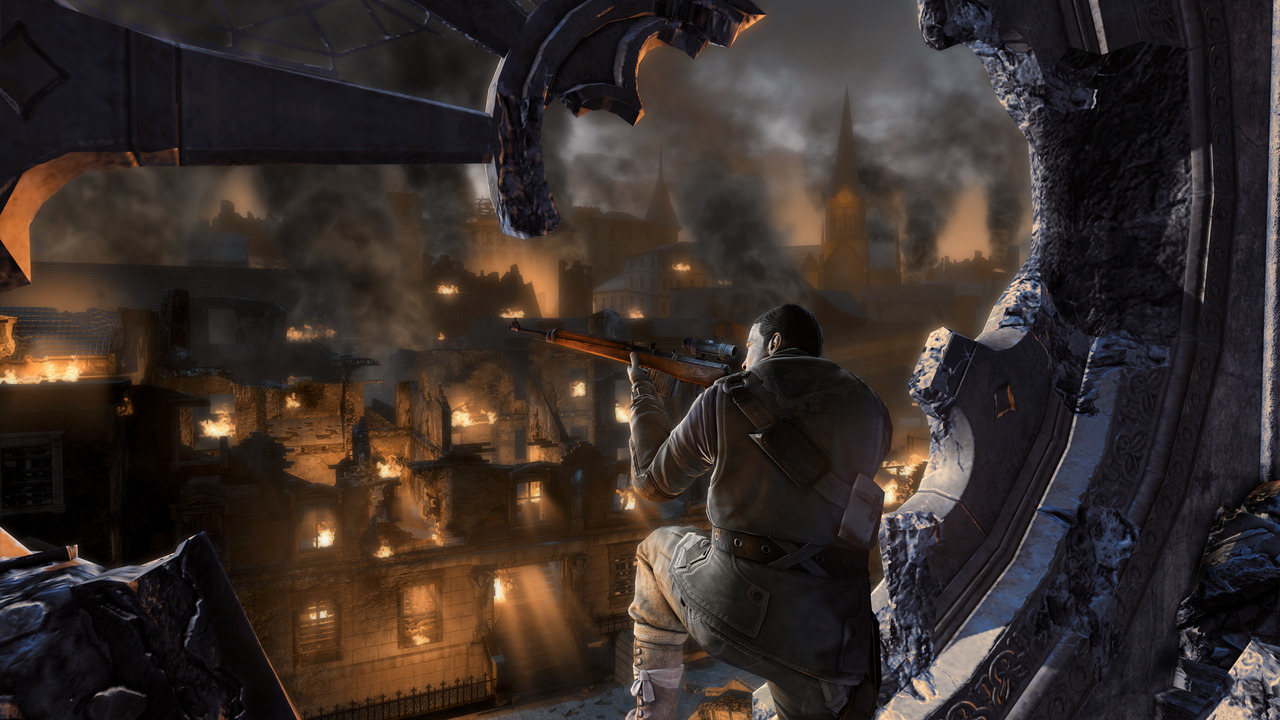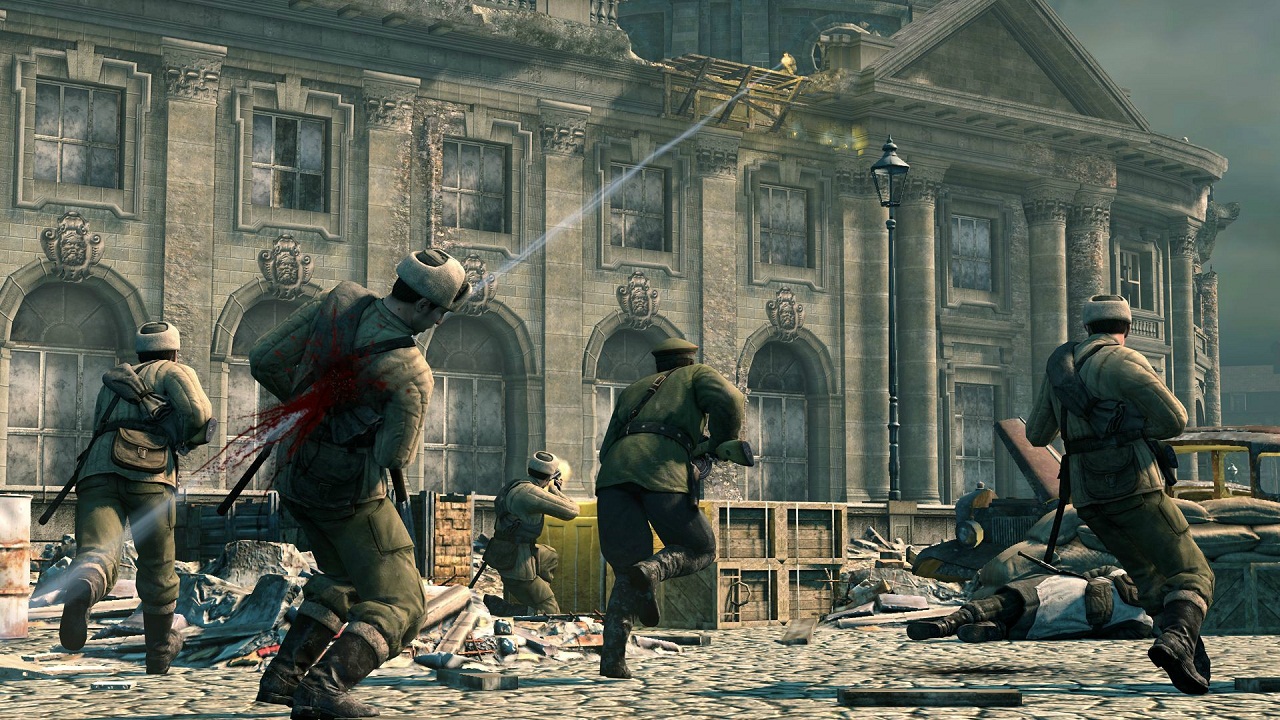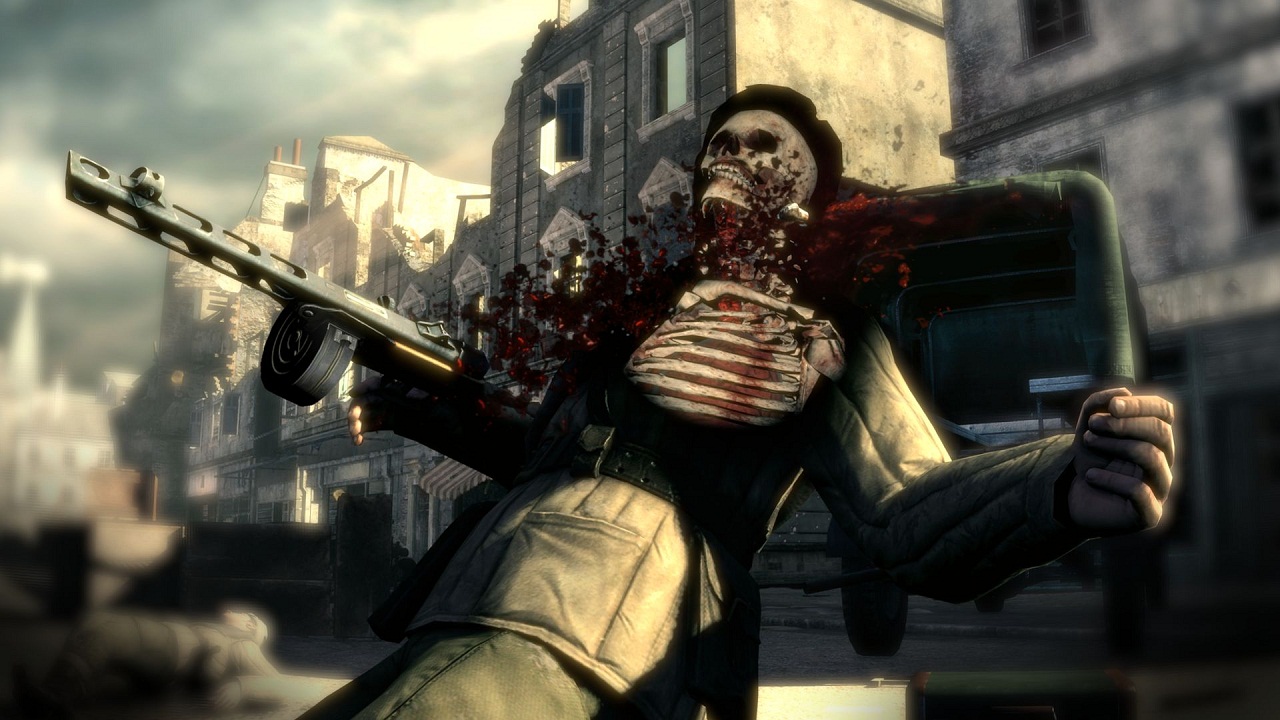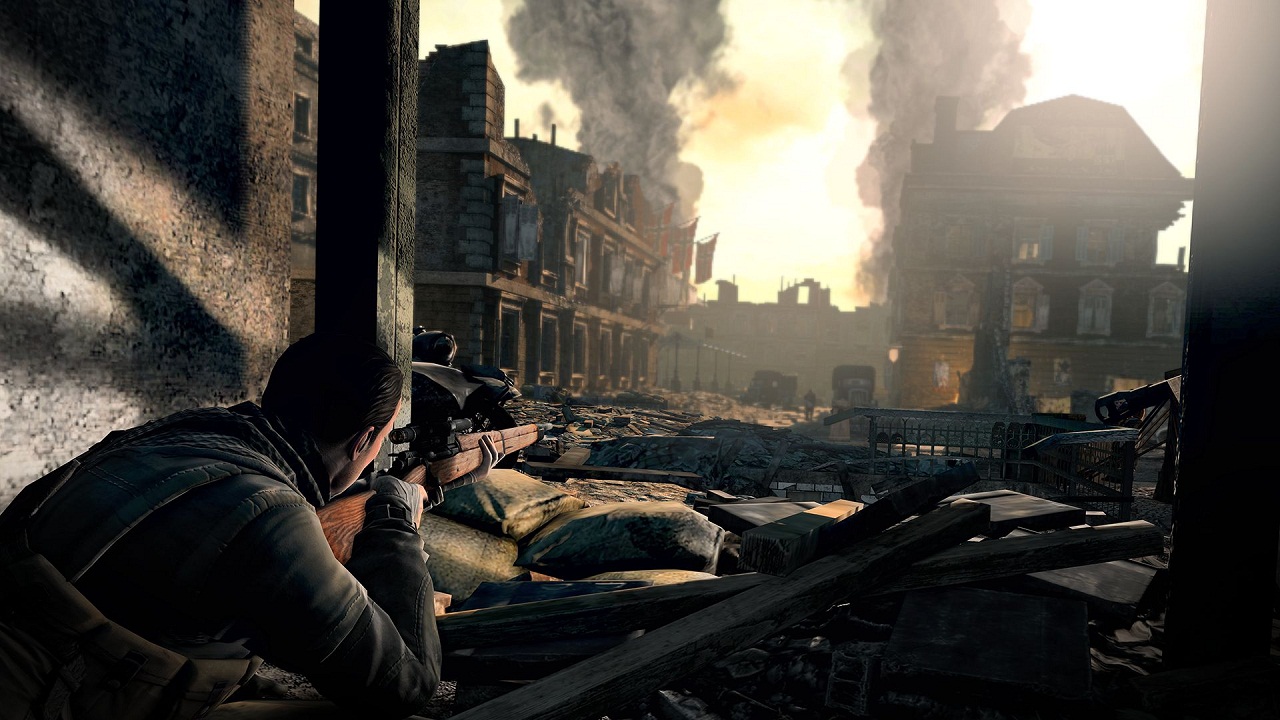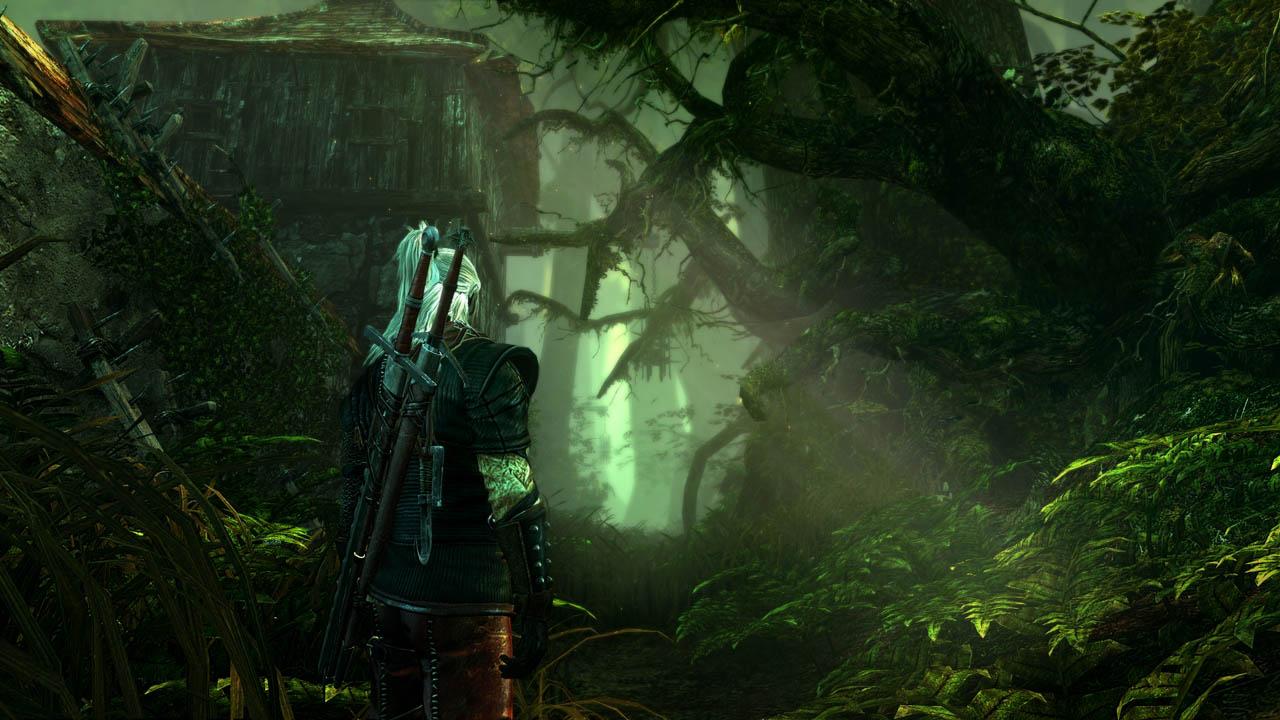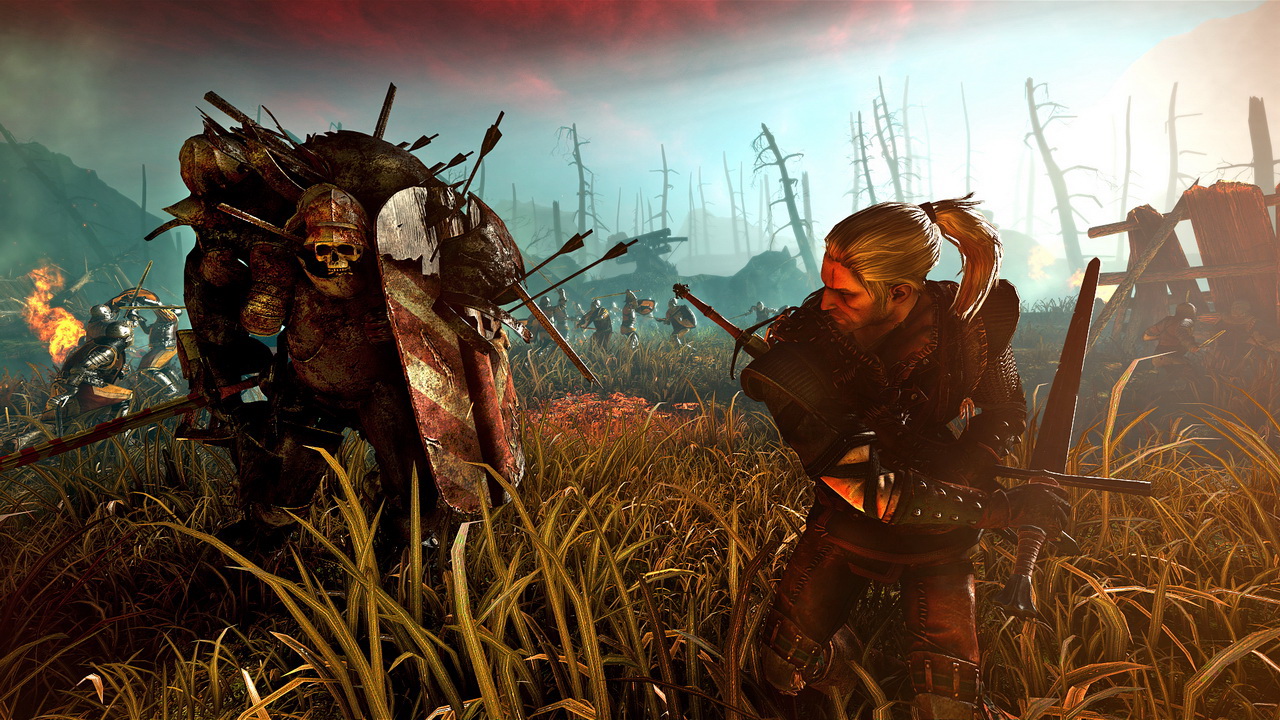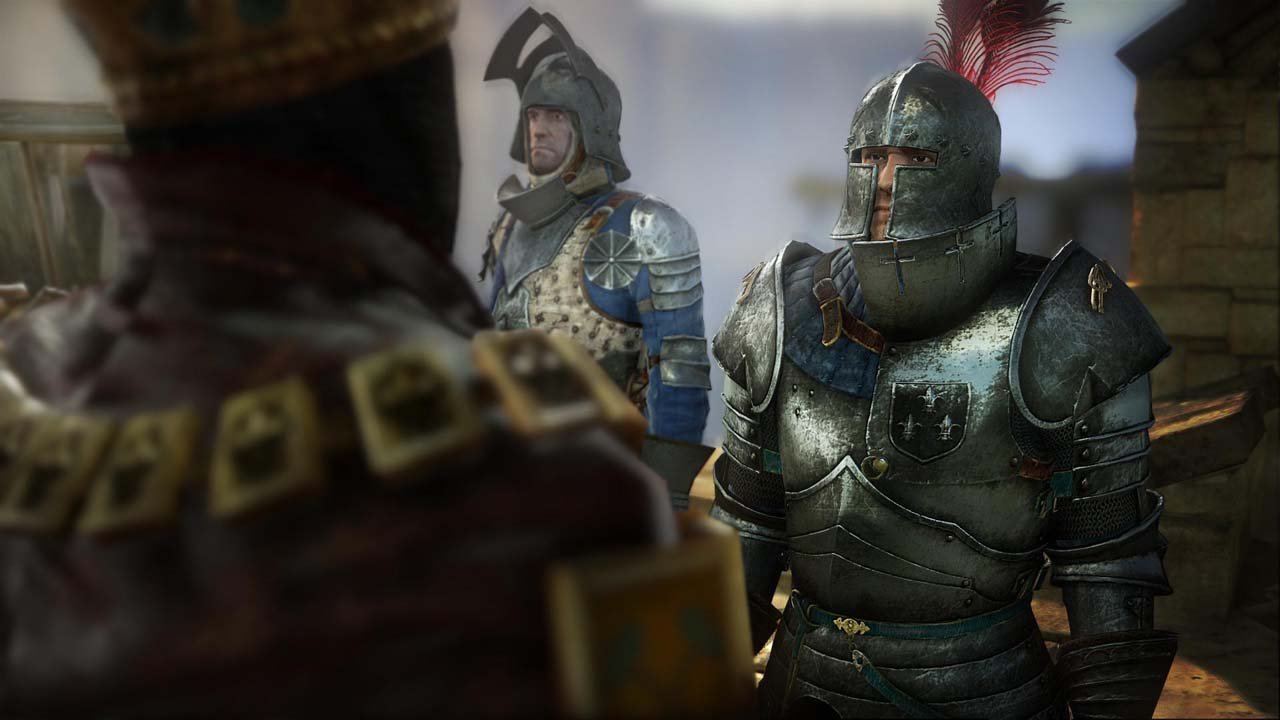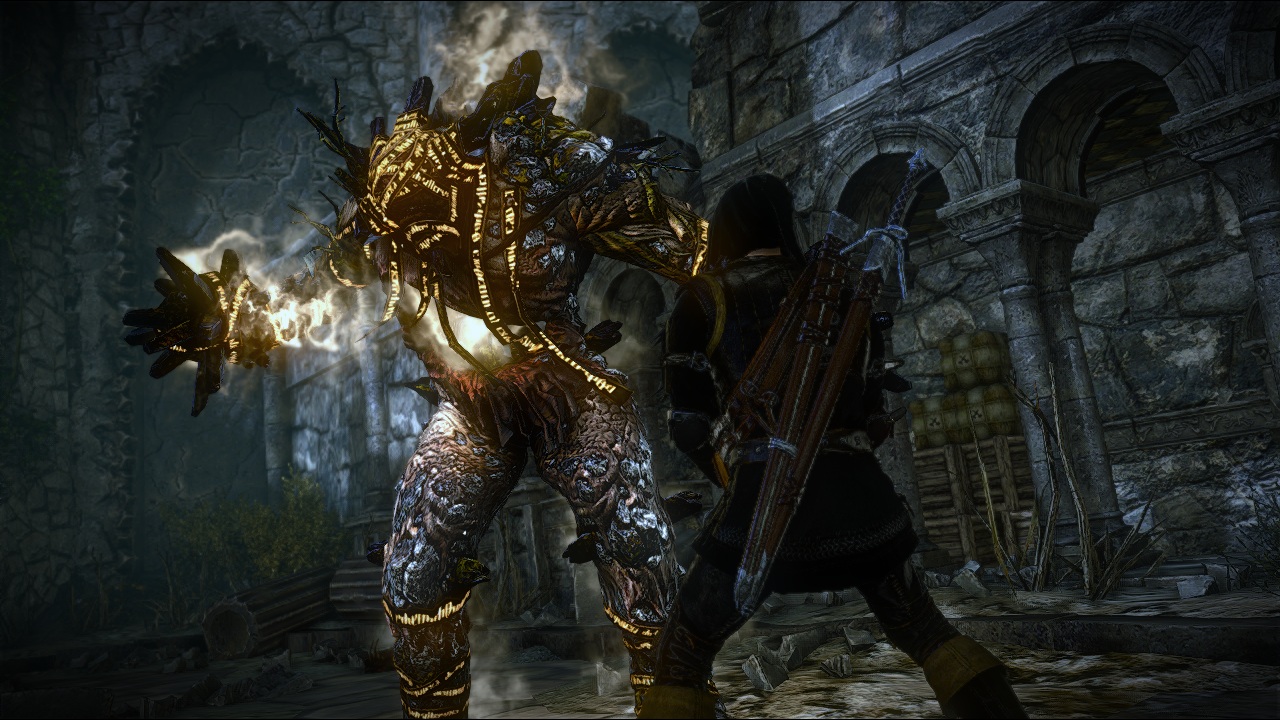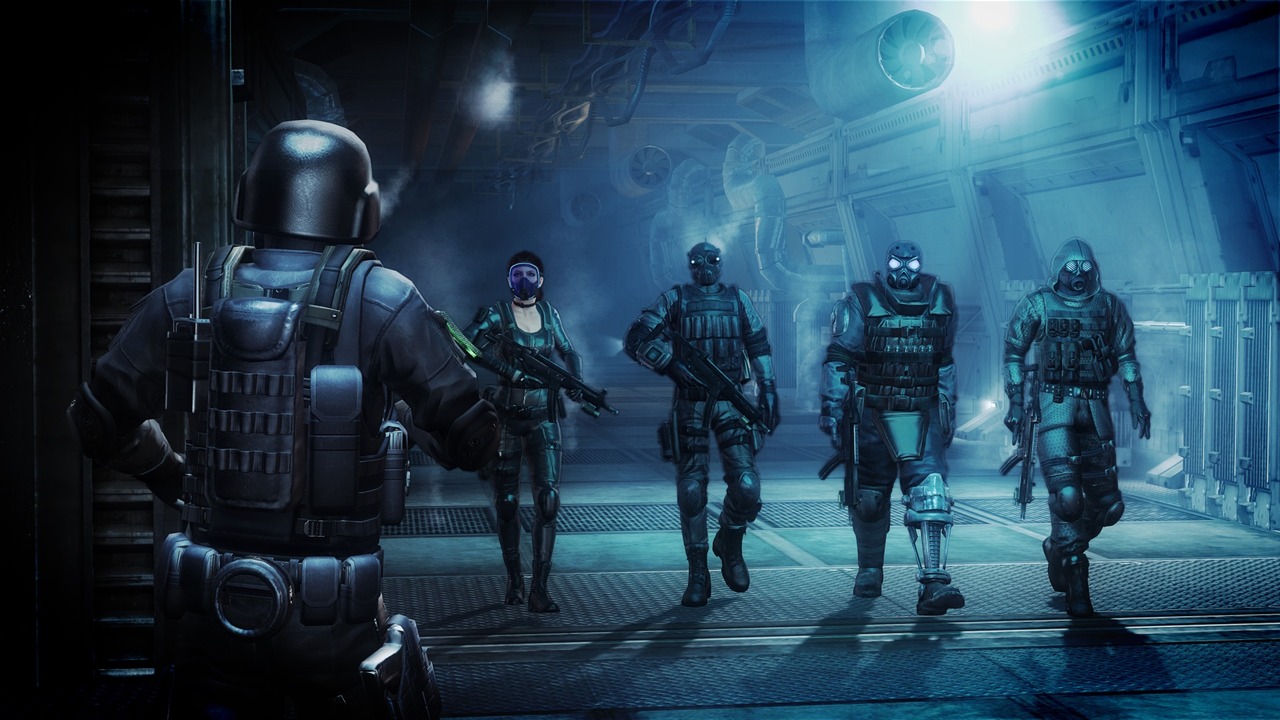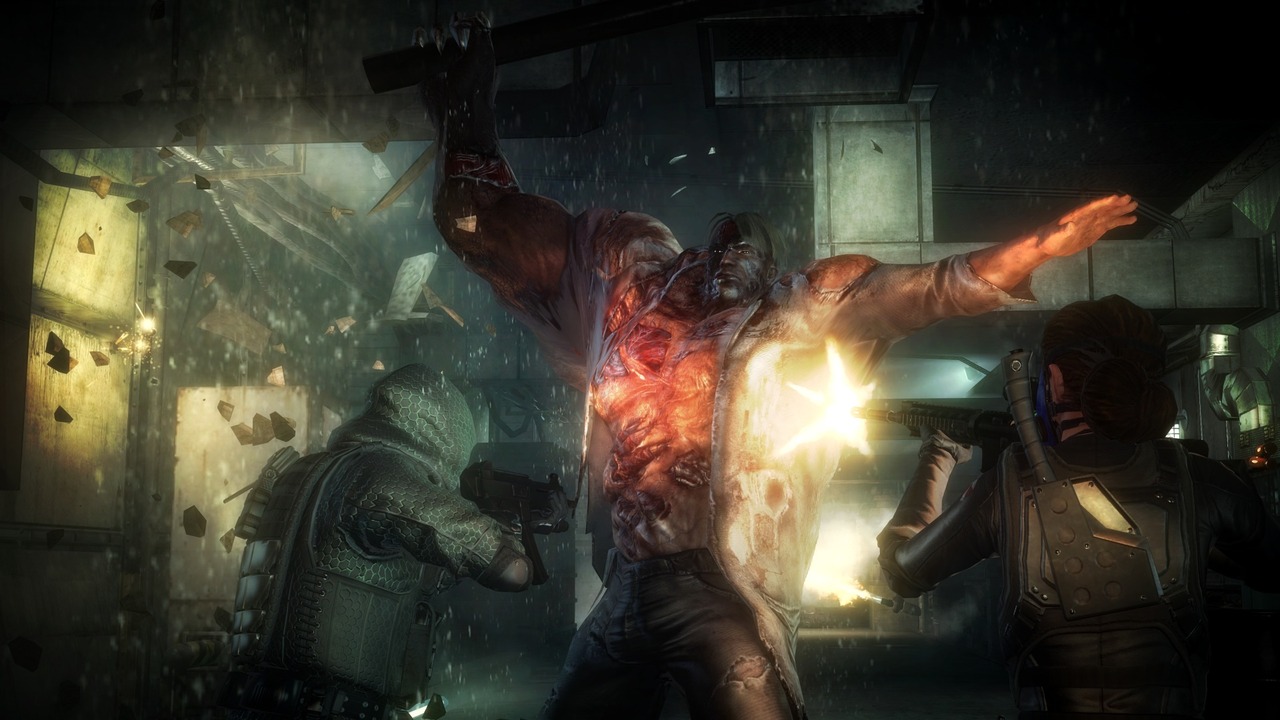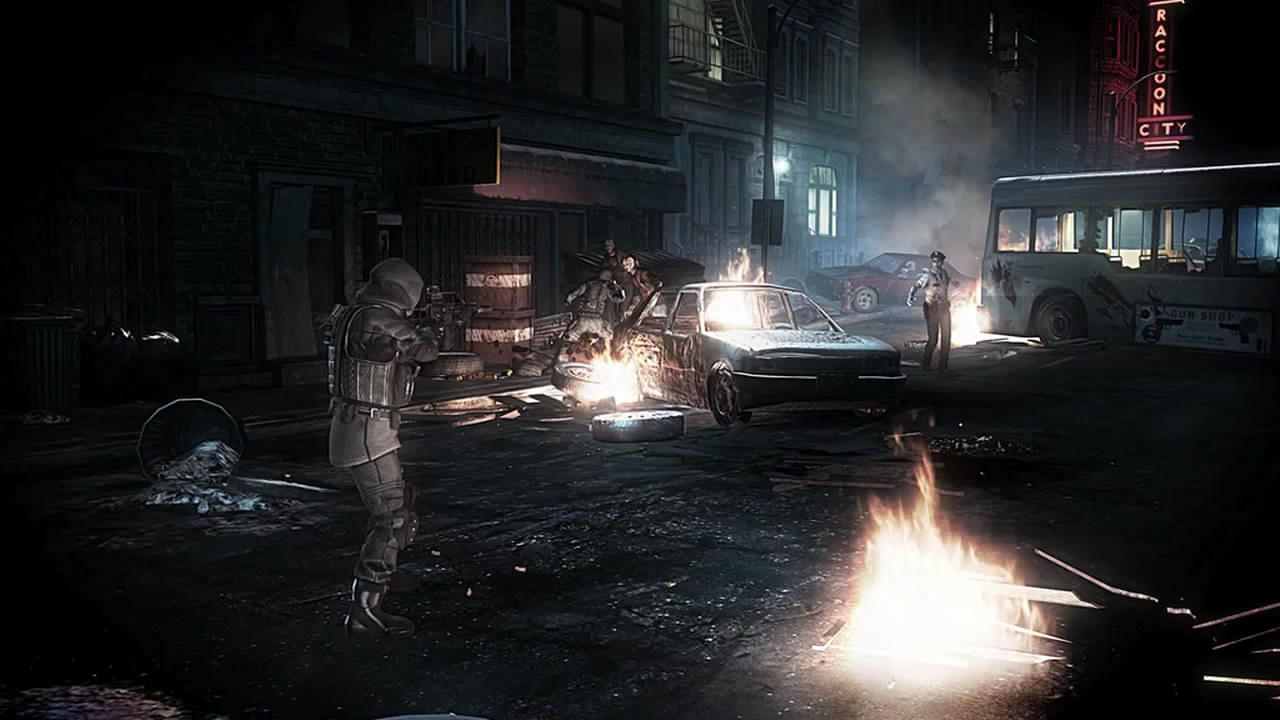E3 2012 Floor Footage Video Dump
 Saturday, June 9, 2012 at 12:00PM
Saturday, June 9, 2012 at 12:00PM 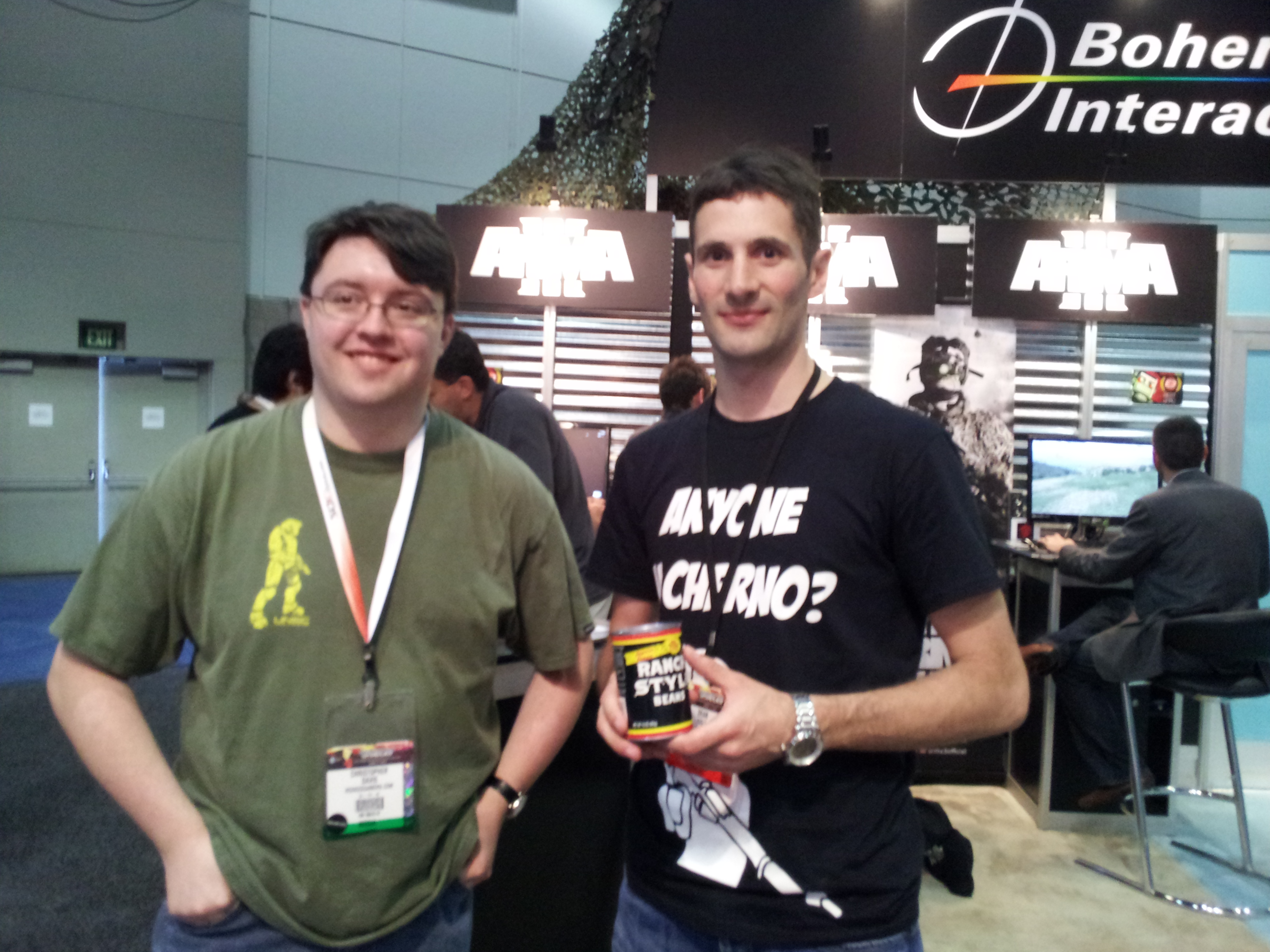 Other than suffering from terrible foot, leg and back pain from carrying a 25lb pack on my back for four days straight I had a blast at E3. I shot a considerable amount more of footage while on the show floor than what I did last year thanks to some extra batteries I packed and while I wasn't able to capture a bunch of games I really wanted to play I did get a good selection.
Other than suffering from terrible foot, leg and back pain from carrying a 25lb pack on my back for four days straight I had a blast at E3. I shot a considerable amount more of footage while on the show floor than what I did last year thanks to some extra batteries I packed and while I wasn't able to capture a bunch of games I really wanted to play I did get a good selection.
Here now is my video dump from my Youtube channel. Look for my articles to start being churned out next week.
Oh, and the picture above is of me with Dean "Rocket" Hall, the creator of the popular (and very fun) Day Z mod for ARMA II. I brought him a token of appreciation in the form of one of the most sought-after items in the game: beans. If you play Day Z don't expect the same curtosy to be extended to you. Ever.
Click to read the full article
 E3 2012,
E3 2012,  Hooked Gamers,
Hooked Gamers,  Video
Video 

